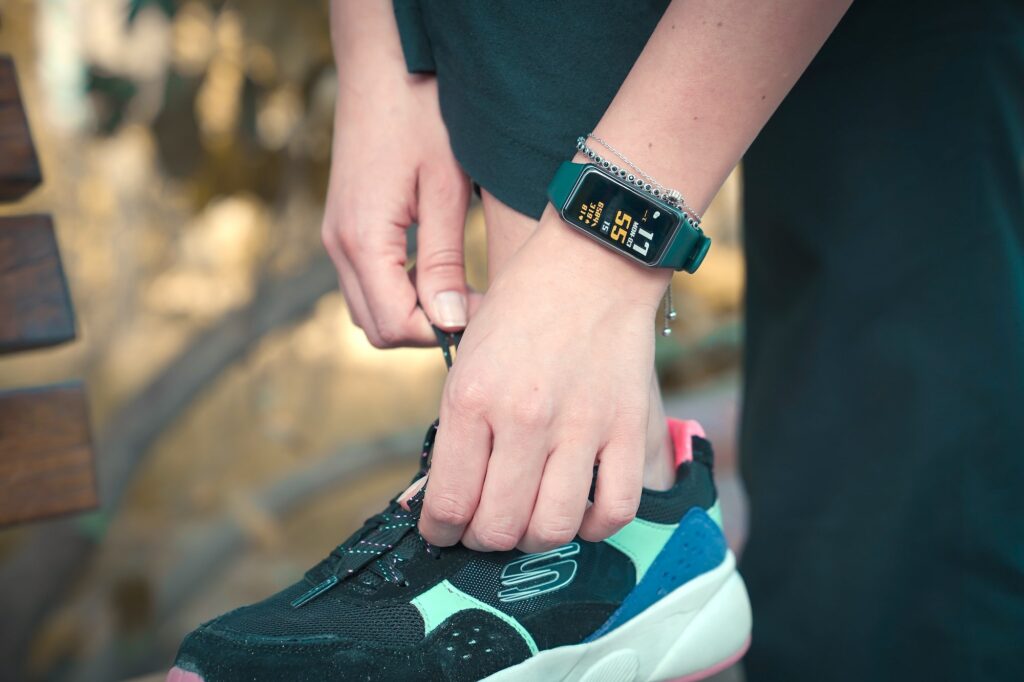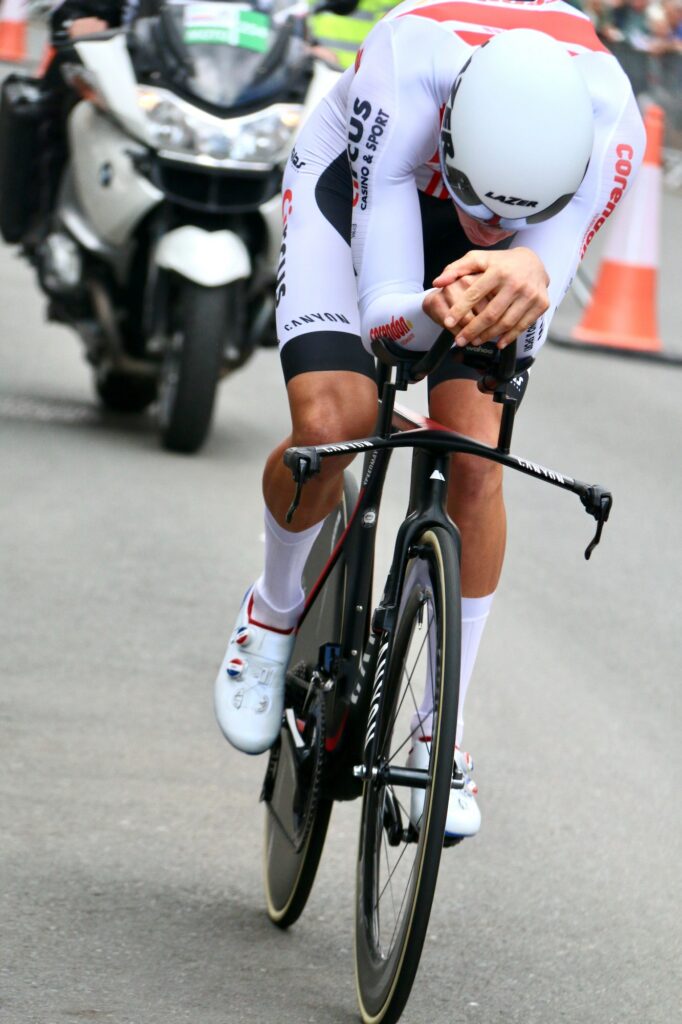A deeper dive into data-driven performance
Photos by James Lewis, Onur Binay, and Simon Connellan/Unsplash
It’s no secret that I’m a huge fan of data-driven and methodical training.
In my previous article, I gave an introduction about what data is all about and how it can potentially help you as an athlete. Unsurprisingly, that brief prologue barely scratched the surface.
My job as a coach is to break it down into simpler and manageable chunks so that you (no matter what your background is) can easily digest it. So let’s take a deeper dive into the enigmatic world of data-driven performance by discussing these common mistakes.
1. Neglecting the power of numbers
“Know your numbers” is something I’ve been advocating for more than half a decade already. As a man of science, I firmly believe in the saying “knowledge is power.”
We look at heart rate, power, and pace, among others as a way of taking snapshots of our physical well-being and fitness. Think of data as a way to understand your body. Yes, it can never completely sum up your potential or your capabilities as an athlete, but it does point you in the right direction and give you a pretty good start.
Think of data as a way to understand your body. Yes, it can never completely sum up your potential or your capabilities as an athlete, but it does point you in the right direction and give you a pretty good start
In the same breath, we may never completely understand the human body, our world, or our universe, but that shouldn’t stop us from trying.
Tip: Start by keeping a journal of your physical activities. Aside from logging your heart rate, distance, and time, take note of how you feel before, during, and after the workout. Do this consistently over a few weeks and you’ll get a good idea of what workload you’re comfortable with. From here, you can gradually work on building your fitness.
2. Being a slave to numbers
It’s normal to get intimidated by data-driven training. To those who don’t have a good grasp of the concept, they often assume that it’s too mechanical and that it neglects the “individuality of the human spirit.” But this can’t be further from the truth.
Data is here as a tool, not a master. We keep track of these metrics so we are better informed about how hard we are pushing our bodies. It’s easy to say “rest when you’re tired, and work out when you feel good.”
However, during a race season, rarely is fatigue black and white. We often have lingering levels of “tiredness” such that it gets confusing when we should (or shouldn’t) work out.

On top of that, our egos as competitive athletes can also get in the way. “No pain no gain,” we say. We constantly keep pushing ourselves but only find out we’ve crossed the line when it’s too late.
Tip: Consult a coach familiar with managing training load properly and efficiently. You can be consistent in training but if it’s not enough to elicit any significant training response, you’re basically logging junk miles.
On the flip side, if you constantly push yourself without giving your body time to absorb the training, this will be unsustainable. Remember, it’s all about balance and this is something unique to each person. The trick lies in using the tools we have available to find that balance.
3. Focusing on the wrong metrics
The easiest metric to keep track of is distance. Most runners and triathletes start off by logging how long they swam, biked, or ran and associate this data with fitness.
While it may give you a good starting point, it’s just the tip of the iceberg. The first problem with looking at distance alone is that there is so much more about distance than meets the eye.
A good way of using data is to look at how heart rate responds to intensity. You could look at whether your heart rate is steady for a given (steady) effort or if it rises uncontrollably
For example, a 10K on a hilly course will result in more fatigue or training quality than a 10K on a track oval. Secondly, looking at distance alone can lead you to the “distance trap.” This is where athletes keep adding and adding to their workouts without taking other factors into play such as intensity or work-to-rest ratios. Remember, we only have 24 hours in a day; you will hit the ceiling eventually.
Tip: A good way of using data is to look at how heart rate responds to intensity. You could look at whether your heart rate is steady for a given (steady) effort or if it rises uncontrollably. You could also check whether you’re adapting to a training program well if you’re putting out more power or going at a faster pace for the same heart rate or if you’re maintaining the same speed/power at a lower heart rate.
4. Making the wrong assumptions
A lot of athletes decide to quit data-driven training because they start with the wrong targets or zones. Our sports watches and apps compute our zones based on either our age or performance.
The problem with sports watches is that it’s like a cookie cutter-type of computation where certain assumptions are made. For example, it assumes that all 35-year-old athletes have the same heart rate zones whereas factors such as fitness, experience, genetics, and health can influence these numbers.
Apps, on the other hand, are a bit more complex. A lot of apps compute your zones based on previous performances. The problem with this is that if you don’t “max yourself out” for different durations, it will gravely underestimate your fitness level.

Conversely, if you are motivated enough to do all-out time trials, there’s a risk the data can still be skewed without proper interpretation. Basically, there are many things that can go wrong in a time trial: you can pace yourself improperly, you can be better adapted for a different duration, or you lack the experience to “embrace the suck.”
In short, not everyone knows how to do a proper time trial. Yes, you can get better in time but that’s a lot of experience you need to get under your belt.
Tip: Consider doing performance tests like what we do in the lab. Lactate and VO2Max testing give you a more objective picture of your fitness level and your body. It removes personal bias and makes results more reliable and accurate. It’s also a lot easier compared to doing time trials. Remember, it’s all about understanding your body.
Have some training questions, feedback or suggestions for future articles? Drop a note in the comments section below or on Facebook, Twitter or Instagram. You can also get in touch with Don directly here.











































